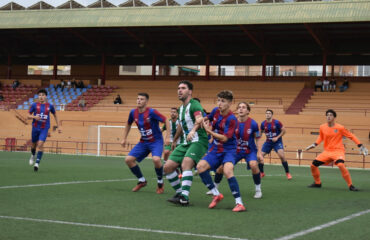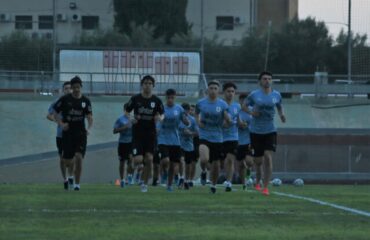Nowadays professional football clubs accumulate many staff in their backroom with different knowledge and functions. A great member to have in your team is the opposition analyst which have the responsibility of collecting and organizing information about upcoming opponents. Analysing the opponent has many advantages and can be the difference between losing and winning.
Having knowledge about your rival will help us understand their strengths and weaknesses. Knowing this, we can plan and be ready for the game. There are many factors that an opposition analyst has to take into account: The playing style that they use in different phases of the game, their weaknesses, their strengths, how they play with and without the ball, how they transition, individual players characteristics and the set pieces.
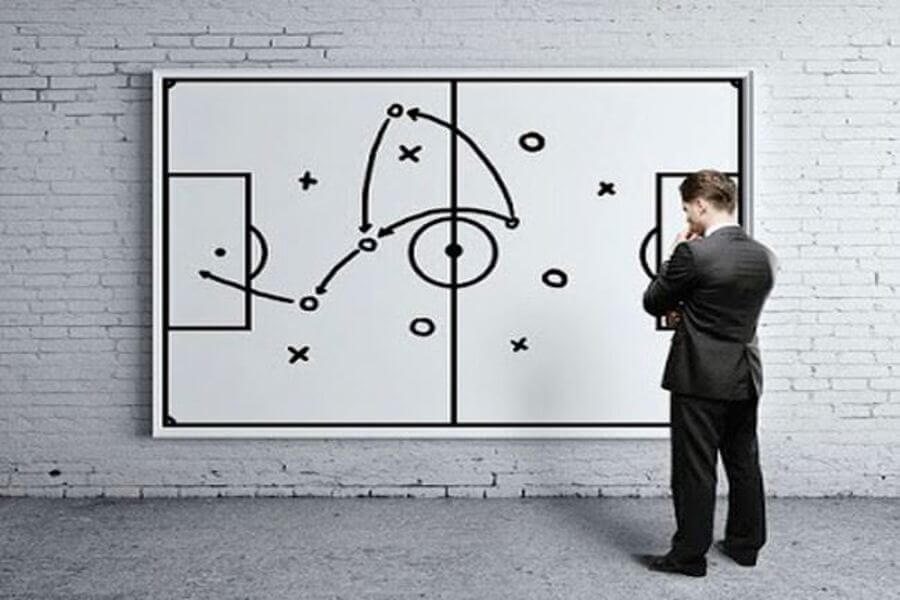
Understanding your opponent to be able to analyse him
We need to understand that every team has a different approach to playing football. Therefore we need to understand their strategy and intentions in each phase of the game. The build up phase consists on bringing the ball from the first third to the second surpassing the opposition while having the ball under control.
The creation phase or sometimes referred as the progression phase entails how the team with possession brings the ball to the final third. Finally, the Finishing phase involves the team´s methodologies for creating chances and scoring goals.
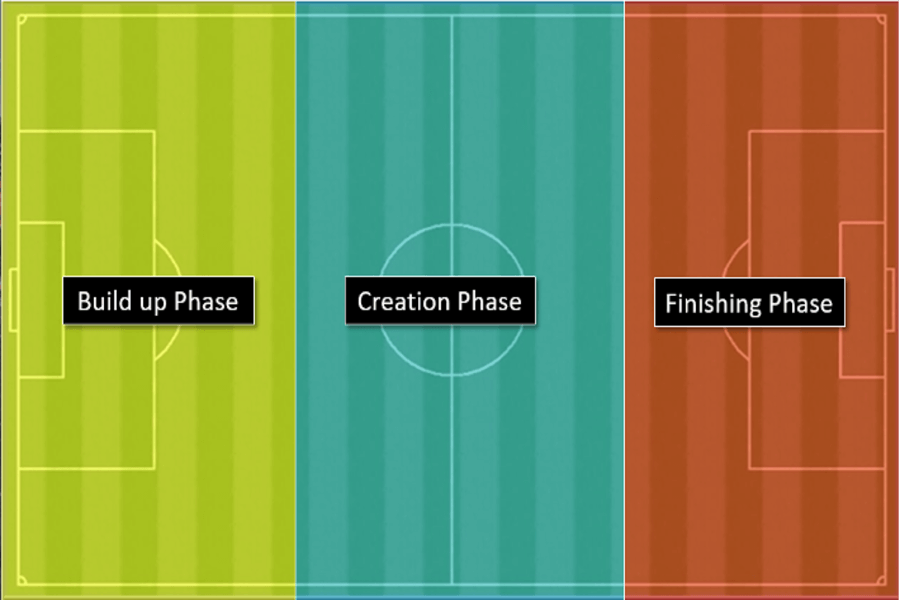
How to prepare an analysis of the opponent
At the build up phase we need to look at:
- The structure: how do the players position themselves in the field? Some teams decide to adapt their formation in the build up phase with a specific purpose of playing in a particular manner.
- Style of play: The team intentions to bring the ball to the 2nd third may vary from playing long balls to start with short passes inside their box. It is important identifying their intentions to find weaknesses and counter it.
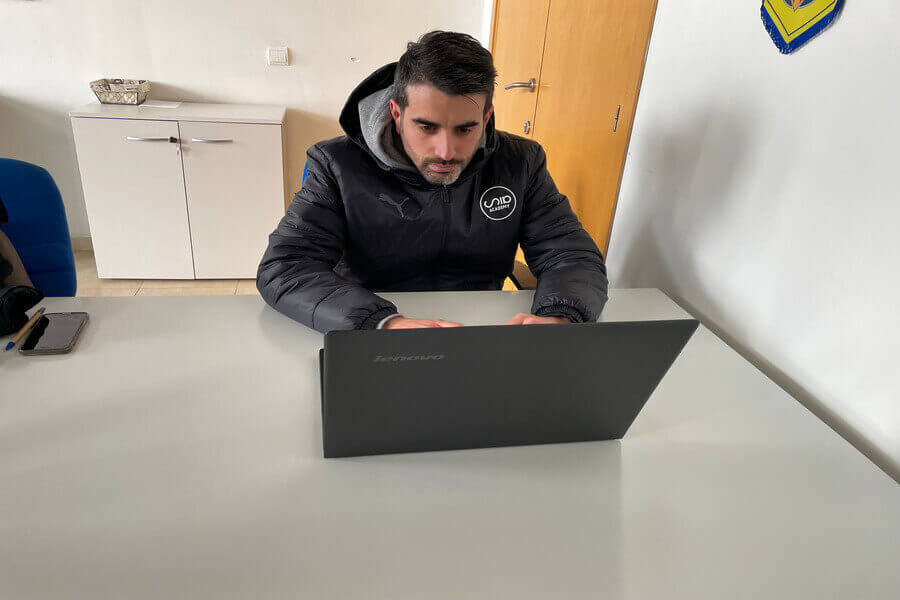
Individual player’s movements or characteristics: even though the coach decides the style and the tactic, the players are the one that carry those orders. Different players will have characteristics that may determine the team´s build up. Therefore it is really important to find out how each player gets involve. Do they move to a specific area of the pitch? Does he tend to pass left? Etc.
Factors and keys affecting the analysis
Factors to look at the creation phase we should look at:
- Style: the team with the ball can decide to play more collectively or to look for players with specific abilities to reach the final third.
- Zone exploit: team may have tendencies to play outside or inside.
- Individual player movements with and without the ball
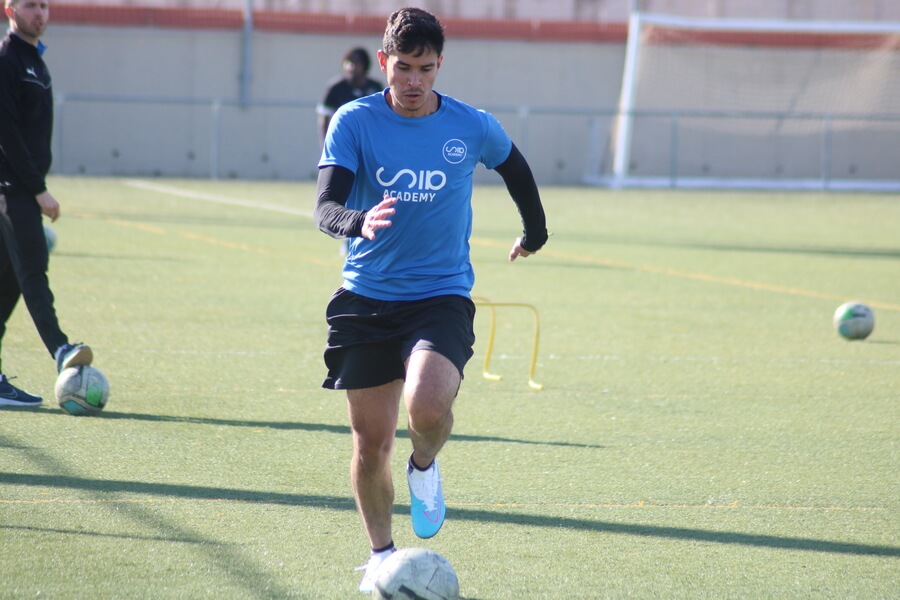
Key aspects of the finishing phase:
- Assists and scoring opportunities: we need to understand if they their chances come from specific zones (inside the box, outside, the outside channels, etc.), types of assists (quick passes in the last third, playing over the defense, crossings, etc.) or tecniques (long shots, headers, etc.)
- Key players: Do they look for a specific player either for the last assists or the finishing?
Knowing their defensive behaviour
As important as knowing our adversary offensive qualities we need to know their behaviour without the ball. We need to understand their defensive strategies and how are we going to attack them. Depending on the phase of the game they will defend in a different manner too.
In the pressing phase, teams analyze how high the player position themsleves, number of players, and structure of the opponent’s first pressing line. Then we need to identify their type of pressure which could be, non-existant, intense, forcing outside, forcing inside, when there is a trigger point, etc.
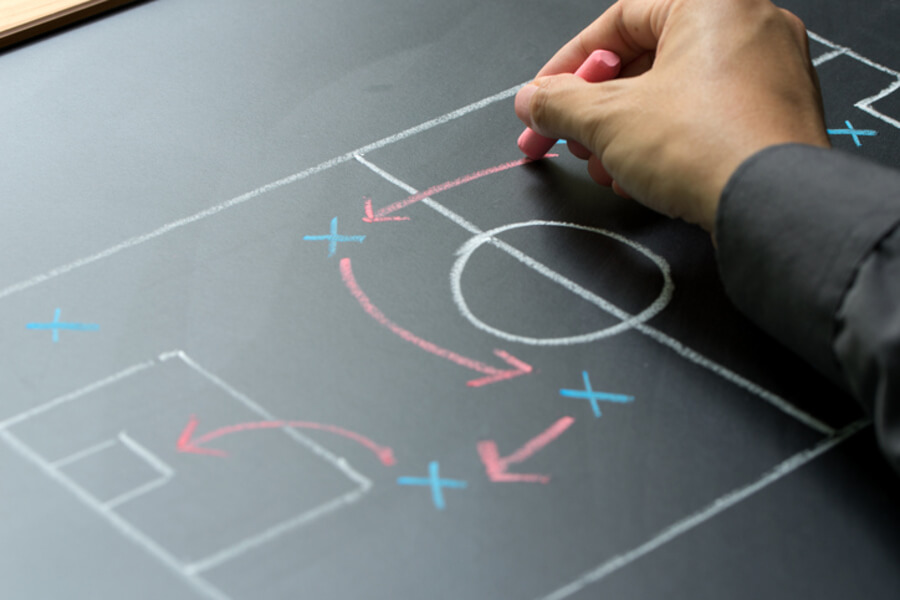
In the middle third phase, you should focus on the teams width of the opponent’s defensive lines in the central area of the pitch. How they cover spaces between the players and between the lines and observe how the opponent retreats and how they move around the pitch. This phase also involves analyzing tactical movements made by the players to manipulate the opponent’s defense.
In the defensive phase, teams analyze the altitude of the opponent’s block, their occupation of rebounding zones, and the role of the goalkeeper. They also look at the opponent’s ability to dominate aerial play. The role of the goalkeeper and the opponent’s ability to dominate aerial play can also provide valuable information on the opponent’s defensive strengths and weaknesses.
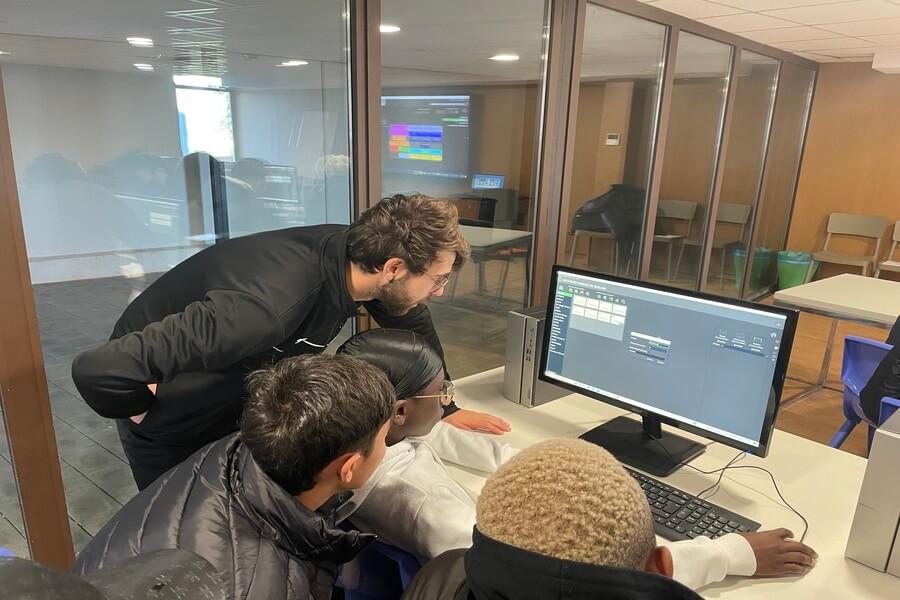
Analyse how it makes transitions
Transitions in football are when a team goes from attacking to defending or vice versa during a game. These moments are significant and can impact the outcome of a match. Analyzing the transitions of an opposing team provides insight into their strengths and weaknesses in changing the direction of play, their tactical approach, fitness, coordination between offense and defense, player movements, and more.
This information can be used to exploit weaknesses, anticipate player movements, and make strategic decisions on when to press, drop back or attack.

Knowing the strengths of opposing players
It is important to analyze individual players in opposition analysis as it provides insight into their strengths and weaknesses and allows you to predict their movements and behavior on the pitch. This information can then be used to make strategic decisions, such as how to defend against their key players or how to exploit their weaknesses.
Knowing a player’s best abilities can help you anticipate their next move and plan accordingly, while identifying their weaknesses can help you put pressure on them and disrupt their game. Understanding individual players can also help you understand the team’s overall tactical approach, as each player has a unique role in the team’s tactics.
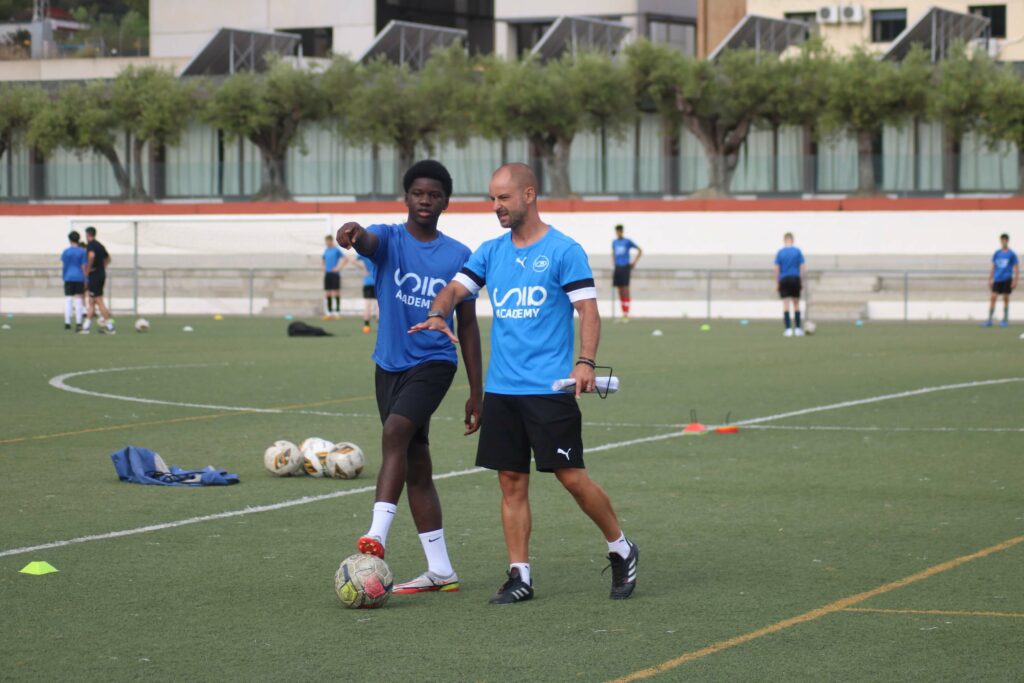
Additionally, identifying the best and worst players can help you determine which players to focus on during a match, and adjust your game plan accordingly.
Analysis of set pieces
Set pieces is another aspect to analyse for a complete and top oppositionanalysis. This would involve studying the set piece strategies of the opposing team prepare for the set pieces they are likely to use in a match.
After gathering information, we need to identifying strengths and weaknesses, analyzing opponent’s delivery, analyzing opponent’s runners, and analyzing opponent’s defending. This includes observing the formation, players involved, delivery, movement patterns, aerial ability, and marking used during set pieces. Furthermore, we need to look into penalties shooters and their previous penalties.
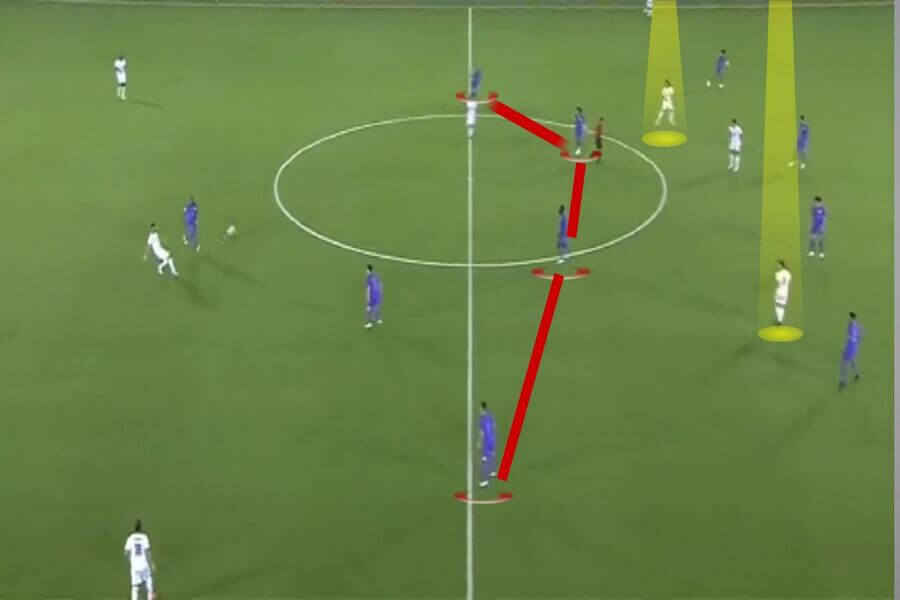
Conclusions
An opposition analysis is a crucial tool for professional football clubs to understand their upcoming opponents and improve their chances of winning a game. The opposition analyst is responsible for collecting and analyzing information about the opposing team, including their playing style, strengths, and weaknesses.
To perform a good opposition analysis, several factors need to be taken into account, including the playing style used in different phases of the game, individual player characteristics, and set pieces. It is also important to understand the opponent’s behavior without the ball, including their defensive strategies, transitions, and aerial play.
Analyzing individual players and set pieces can provide valuable insight into the team’s tactics and weaknesses, allowing for strategic decisions on defense, pressure, and attack.




